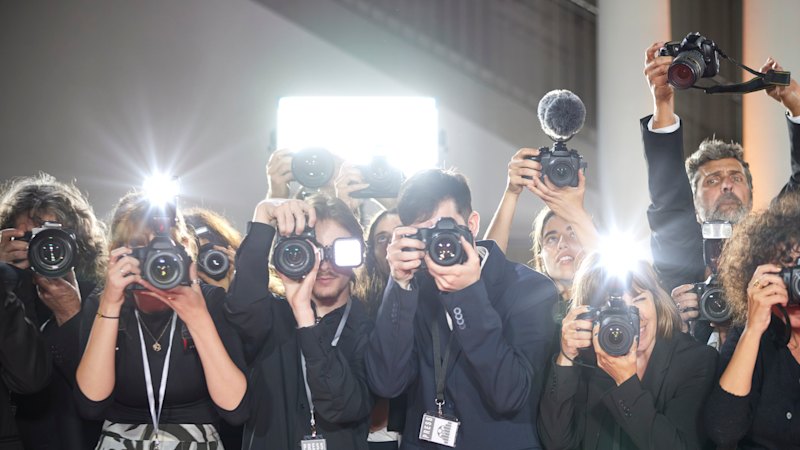
Recent activity surrounding the much-anticipated film, The Devil Wears Prada 2, has brought to light the often-overlooked role of paparazzi in shaping popular culture. With images of stars like Anne Hathaway, Meryl Streep, and Stanley Tucci circulating widely, these photographers are emerging as essential contributors to the entertainment landscape. Despite their significant impact, they remain largely vilified, often blamed for the challenges faced by celebrities rather than celebrated for their artistry.
The relationship between paparazzi and the public is complicated. On one hand, they have been implicated in tragic events, such as the death of Princess Diana, leading to widespread criticism. Yet, the demand for their work reflects a collective appetite for celebrity culture. This phenomenon echoes a broader societal tendency to blame individuals for larger systemic issues, akin to holding a tobacco shop employee accountable for a public health crisis.
Paparazzi have made indelible marks on pop culture, yet they seldom receive recognition for their contributions. Iconic photographs, such as the “Bimbo Summit” featuring Lindsay Lohan, Britney Spears, and Paris Hilton, often end up credited to faceless agencies instead of the individual photographers behind them. This lack of acknowledgment extends to the aesthetic influences that have emerged from their work, which even mainstream artists have begun to embrace.
In a nod to this phenomenon, the band Haim released an album titled I Quit, featuring covers that reenact famous paparazzi shots. The trend reflects a cultural shift where the selfie has lost ground to the paparazzi photograph, with the latter becoming a staple of social media. Celebrities are seen frolicking on beaches or enjoying leisurely strolls, and while the photographers remain largely invisible, their impact on contemporary visual culture is undeniable.
The dedication of paparazzi is evident in tales from the industry. In Jeff Weiss’s memoir, Waiting For Britney, he recounts how he and a photographer disguised themselves as security to capture Britney Spears during a turbulent period in her career. Such stories highlight the lengths to which paparazzi go to document celebrity lives, often blurring the line between admiration and intrusion.
Moreover, the relationship between paparazzi and their subjects often inspires creative output. The pressures and scrutiny faced by stars have led to pivotal works, such as Britney Spears‘s “Piece of Me” and Lady Gaga‘s “Paparazzi.” Recently, Justin Bieber reignited his career after a paparazzi encounter at the beach, where he famously exclaimed, “It’s not clocking to you that I’m standing on business?” This moment became a defining impetus for his latest album, demonstrating how intertwined these interactions are with artistic expression.
As the demand for celebrity content continues to rise, the role of paparazzi remains significant. They provide a lens through which the public engages with star culture, creating a dynamic interplay of fame and scrutiny. While many might critique their methods, it is essential to recognize the complex, often reciprocal relationship between paparazzi and the celebrities they pursue.
In a world that values attention more than ever, the work of paparazzi deserves reconsideration. Their contributions to popular culture are not merely about capturing images but are deeply embedded in the fabric of contemporary celebrity narratives. As the buzz around The Devil Wears Prada 2 continues, it is clear that the paparazzi, with their unique ability to shape and reflect public interest, are not just observers but pivotal players in the ongoing story of fame.






